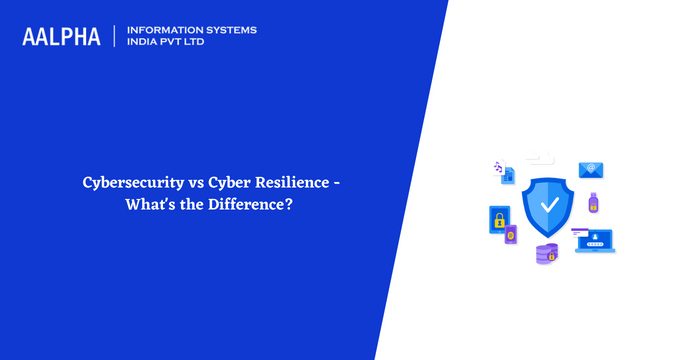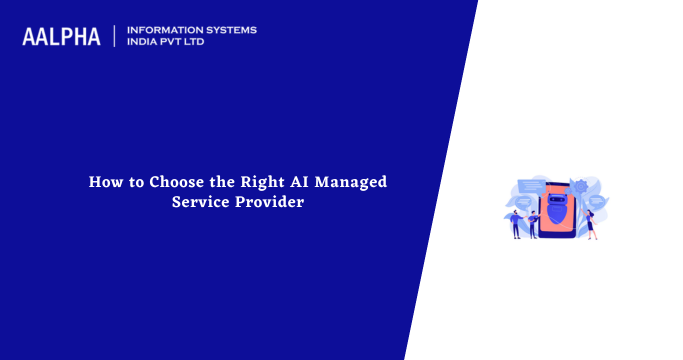The threat of cyber-attacks continues to grow in complexity and for an organization, it is no longer a matter of if it will happen but when. As organizational structures continue to be more powerful and more connected to the internet, the need to protect their data increases exponentially. For this to be effective the decision-makers have to change their way of thinking on how to best protect their systems. This article discusses cybersecurity and cyber resilience to help you decide on the best way forward to thwart future cyber attacks.
What is cybersecurity?
Cybersecurity refers to a range of different processes, technologies, devices, and human operations which are implemented to protect the digital systems, digital assets, and computer networks of an organization. These processes often involve security operations centers that continuously monitor and analyze threats to prevent attacks by hackers on computer systems and networks.
Some of the measures taken in cybersecurity include the following:
- Installation of firewalls and antivirus.
- Providing training to employees regarding their obligation to ensure the security of their daily tasks.
- Ensuring the protection of devices against malicious activities like theft.
- Meeting compliance standards to ensure the protection of sensitive data.
All these are aimed at creating a barrier to prevent infiltration. That is what cybersecurity is all about, keeping attacks out. This can be likened to building a wall around your systems. You may build even more than one wall, but will this be a guarantee that attackers won’t find a hole somewhere in the walls, the answer is no. This now brings us to the next method. Cyber resilience.
What is cyber resilience?
Cyber resilience can be defined as accepting there will always be the likelihood of an attack and coming up with measures to ensure that an organization can continue performing at peak, without financial losses due to malfunctions, and ensuring normality is resumed as soon as possible in the event of an attack. This includes securing service accounts, which often have high privileges & can be exploited if not properly monitored. Implementing privileged access management helps control and monitor these high-level permissions, reducing the risk of misuse or compromise.
To minimize the negative impact of an attack the following can be done:
- Ensuring there are offline backup features.
- Having a clear framework on public relations with third parties following the impact of an attack.
- Carrying regular attack simulations to ensure preparedness.
- Having a business continuity program in case of an attack.
Cybersecurity and cyber reliance, what’s the difference?
Cyber security focuses on preventing attacks in the form of ransomware, applications, and malicious software on an organization’s systems. Its main focus is limiting attacks from outside. On the other hand, cyber resilience is an organization’s ability to limit losses and damages that may come as a result of a cyber-attack. Cyber resilience is also focused on threats from within that may come up as a result of human error.
How to become cyber resilient
Understanding how threat actors operate & evolve their TTPs in cybersecurity is foundational to building resilience. With this knowledge, the following steps become more effective:
-
Take a holistic cybersecurity approach
Both employees and business decision-makers must educate themselves on cyber threats. They should also use reliable web browsers to have safe browsing experiences. So, encourage them to do brave vs chrome comparison or learn the differences between other popular browsers to make informed choices that prioritize their online security and privacy. The increase in complexity and viciousness of attacks dictates a holistic approach as no single technology can be described to be the one that can do the trick. Cyber reliance best practices require that you focus on the behavior of all stakeholders and not just the security teams. Security vulnerabilities should also be looked into using governance, compliance, and risk management tools.
-
Accept change
Emerging threats and cyber-attacks need to be responded to with speed and agility. This can be done through decentralization of intrusion detection and data protection, ensuring device resilience by ensuring reverting to a safe state in case of an attack or targetting, and automating communication and the first line of response when an attack occurs by leveraging artificial intelligence.
-
Build resilient networks
Consolidate and analyze data across all networks and systems so that you can define basic user behavior. This information can then be integrated into intrusion detection software and the ability to detect malicious and abnormal activities will increase. Automation using AI and ML should be leveraged for better and real-time detection of attacks. Deploying threat intelligence services will also ensure the detection of advanced persistent threats.
-
Implement data-driven cybersecurity
Data-driven cybersecurity ensures data is embedded in cybersecurity and does away with using approximations. This can be done using segmentation and tokenization, threat intelligence, and access management. Data should not be an afterthought but a main part of the cybersecurity process.
-
Implement security by design
Cybersecurity is a crucial aspect of any business and should not be an afterthought or an extra thing to have but a critical part of the business and a priority. It should be ingrained in the organization’s processes and solutions. In boardroom meetings cybersecurity should be an agenda just like all the other business agendas.
Best practices in implementing cyber resilience
Below are a few best practices that can be applied to ensure better implementation of cyber resilience:
- Embrace zero trust to manage access to sensitive data.
Organizations that have practiced the zero trust policy have significant reductions in breach costs.
- Stress testing for resilience
Organizations should come up with an incident response team and an incident response plan, and conduct breach and attack simulations to test cyber resilience.
- Use tools to monitor endpoints and remote employees.
Access best incident management software will help security teams have deeper visibility of suspicious activities.
- Protect sensitive data in the cloud
Security can be further increased by including policy and data and fully homomorphic encryption.
- Embrace open security architectures and minimum complexity
- Invest in governance risk management and compliance
Conclusion
As cyber-attacks change and increase in complexity and viciousness, there is a need to discuss not only cybersecurity but also cyber resilience. As discussed, cybersecurity mainly deals with preventing an attack from infiltrating an organization’s systems and that alone will not be enough, which brings us to cyber reliance which will help in dealing with the attack in terms of damage limitation and ensuring normalcy resumes as soon as possible. Both can work together to give better protection for your organization’s sensitive and crucial data.
Finally, to know more connect with cyber security consulting company– Aalpha information systems.




Share This Article:
Written by:
Muzammil K
Muzammil K is the Marketing Manager at Aalpha Information Systems, where he leads marketing efforts to drive business growth. With a passion for marketing strategy and a commitment to results, he's dedicated to helping the company succeed in the ever-changing digital landscape.
Muzammil K is the Marketing Manager at Aalpha Information Systems, where he leads marketing efforts to drive business growth. With a passion for marketing strategy and a commitment to results, he's dedicated to helping the company succeed in the ever-changing digital landscape.